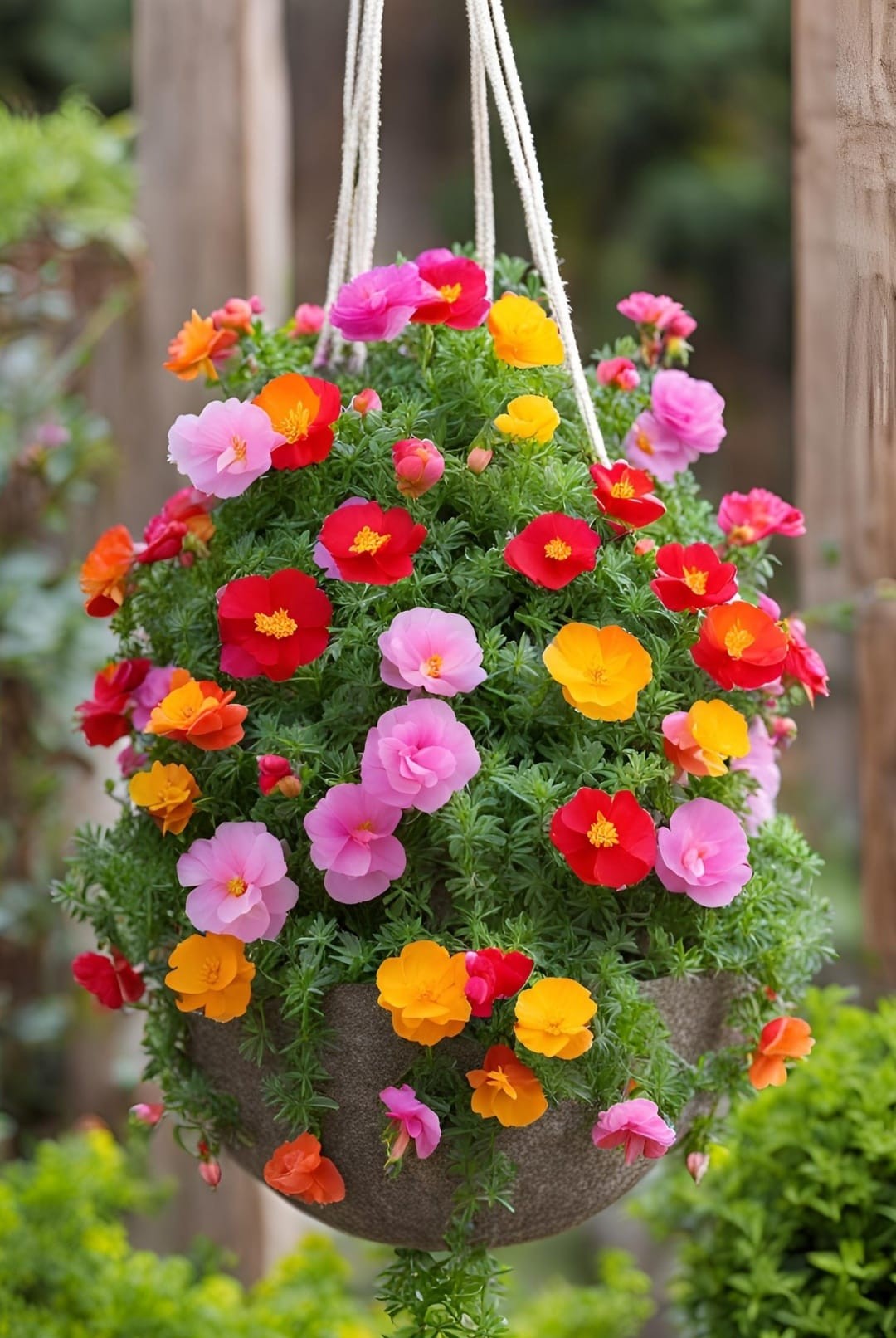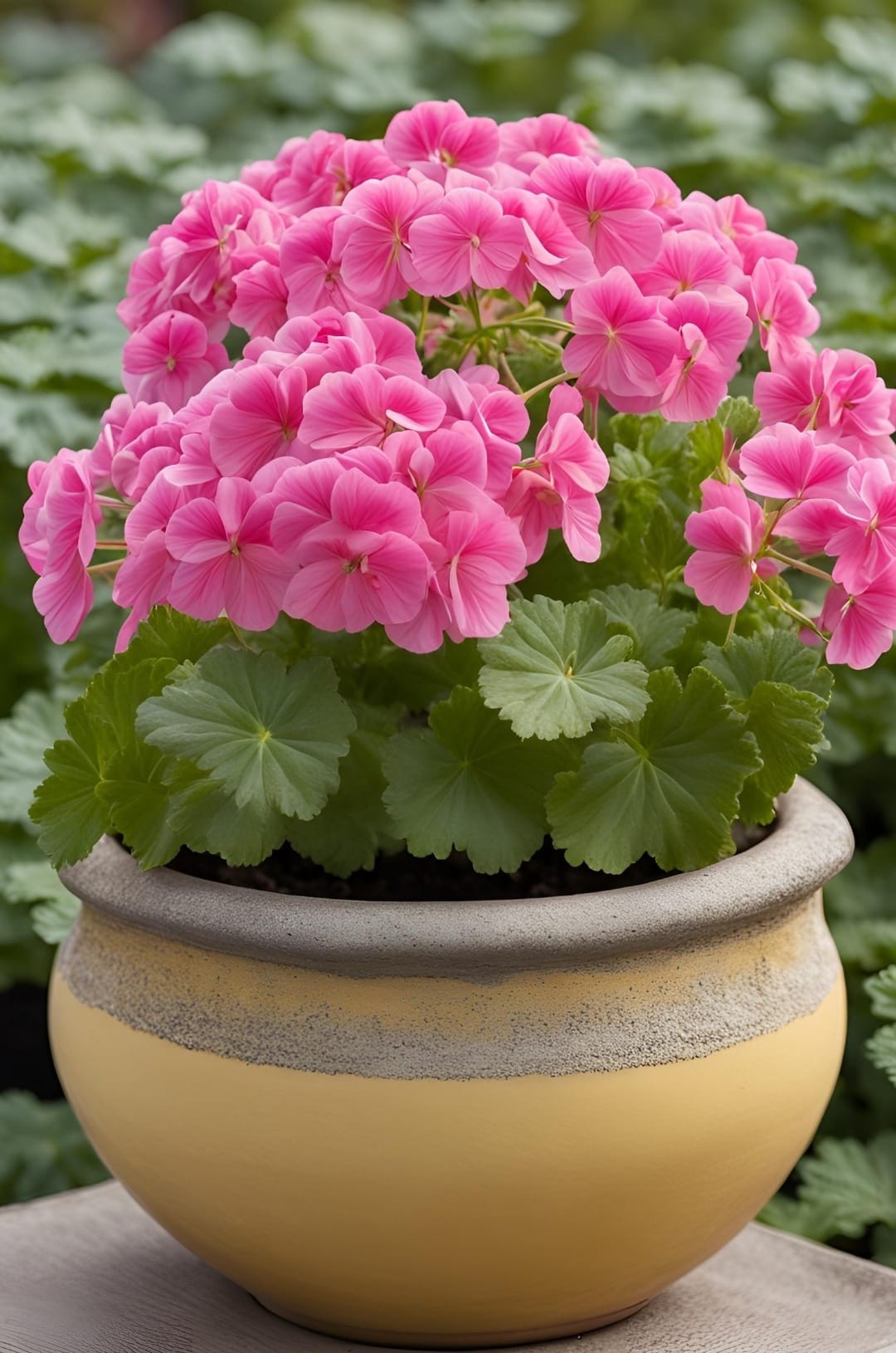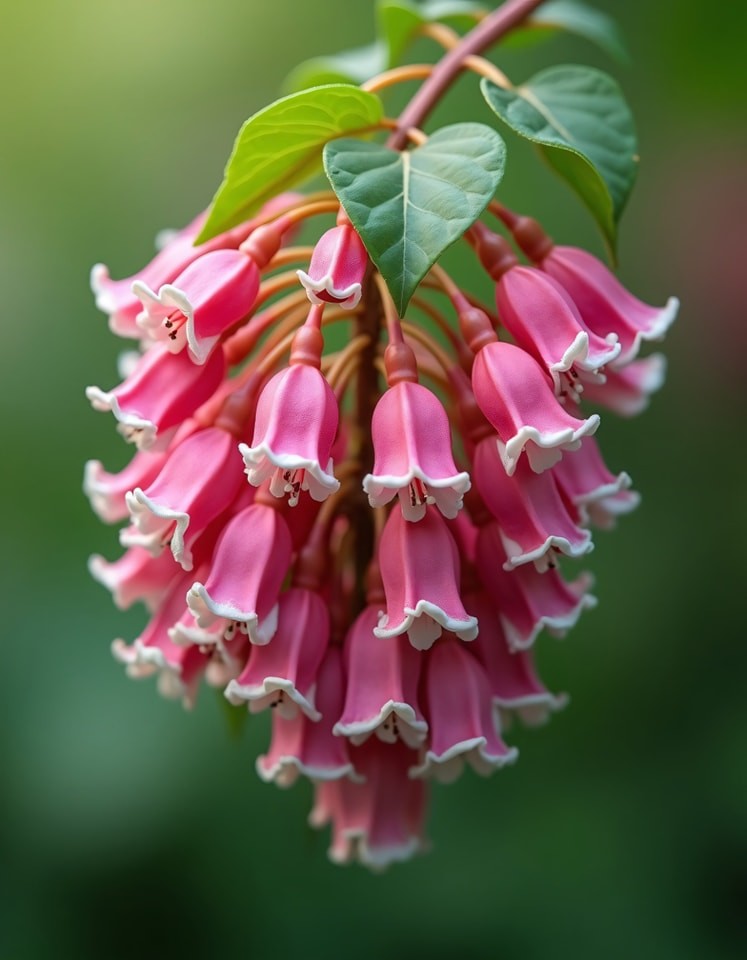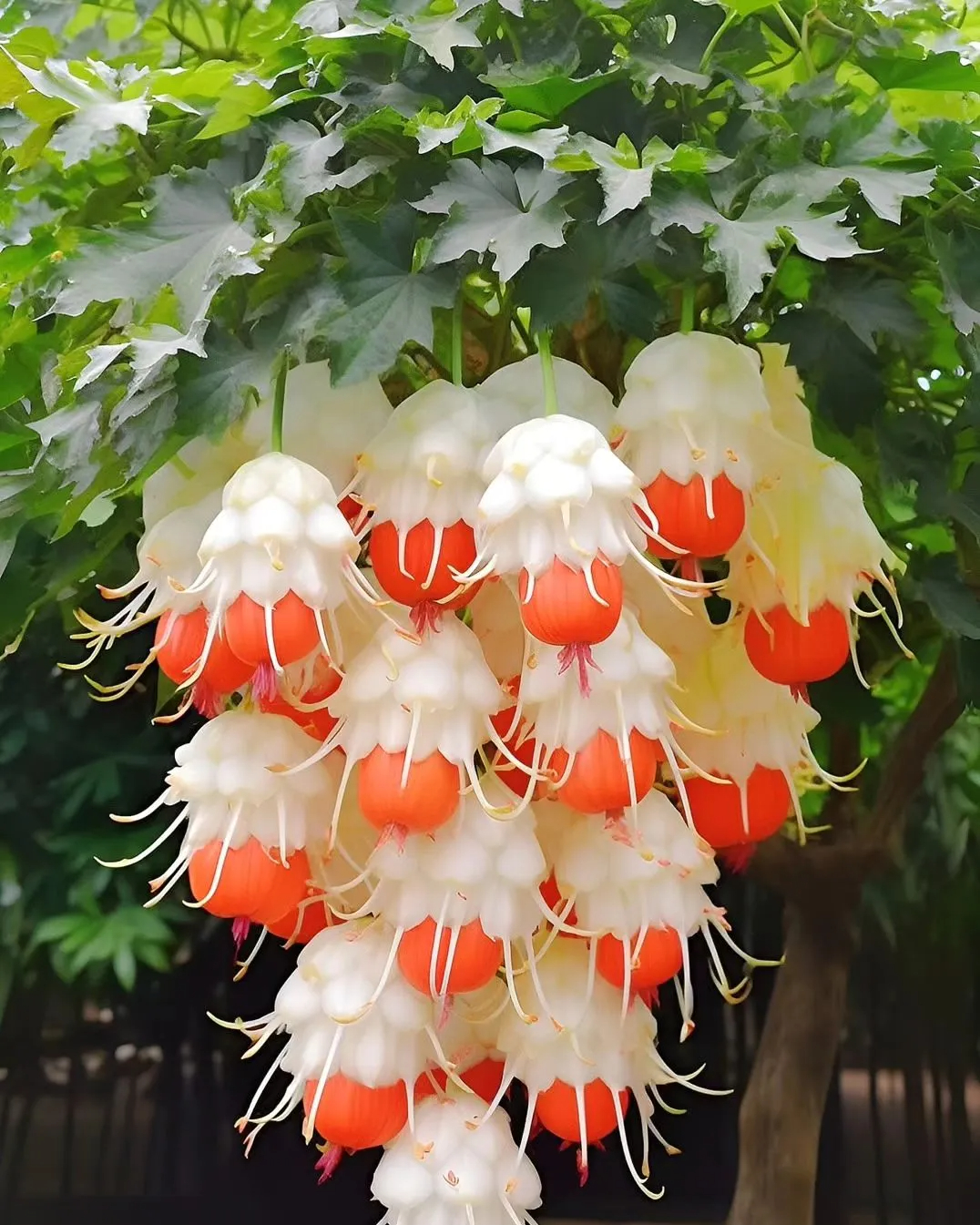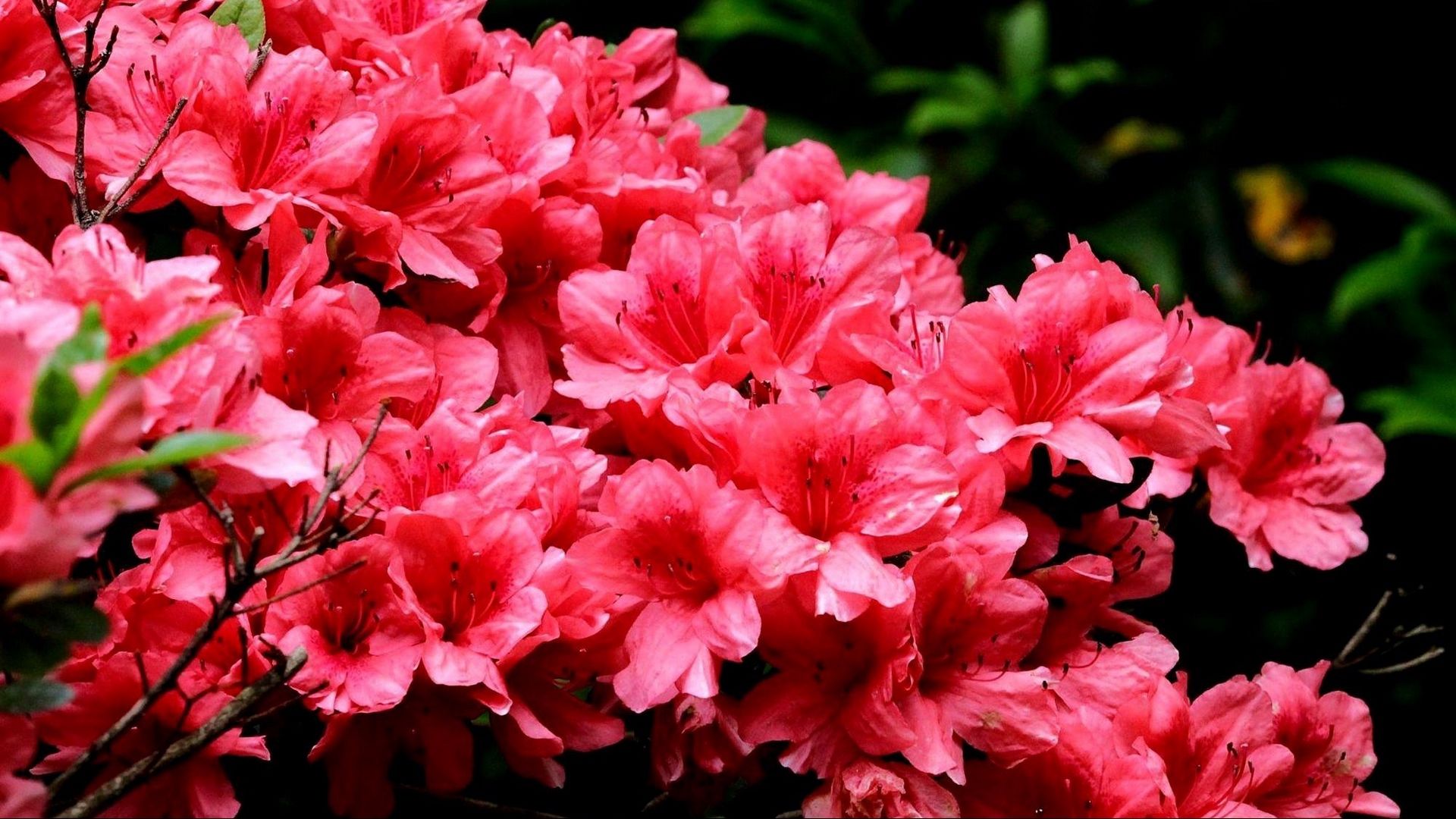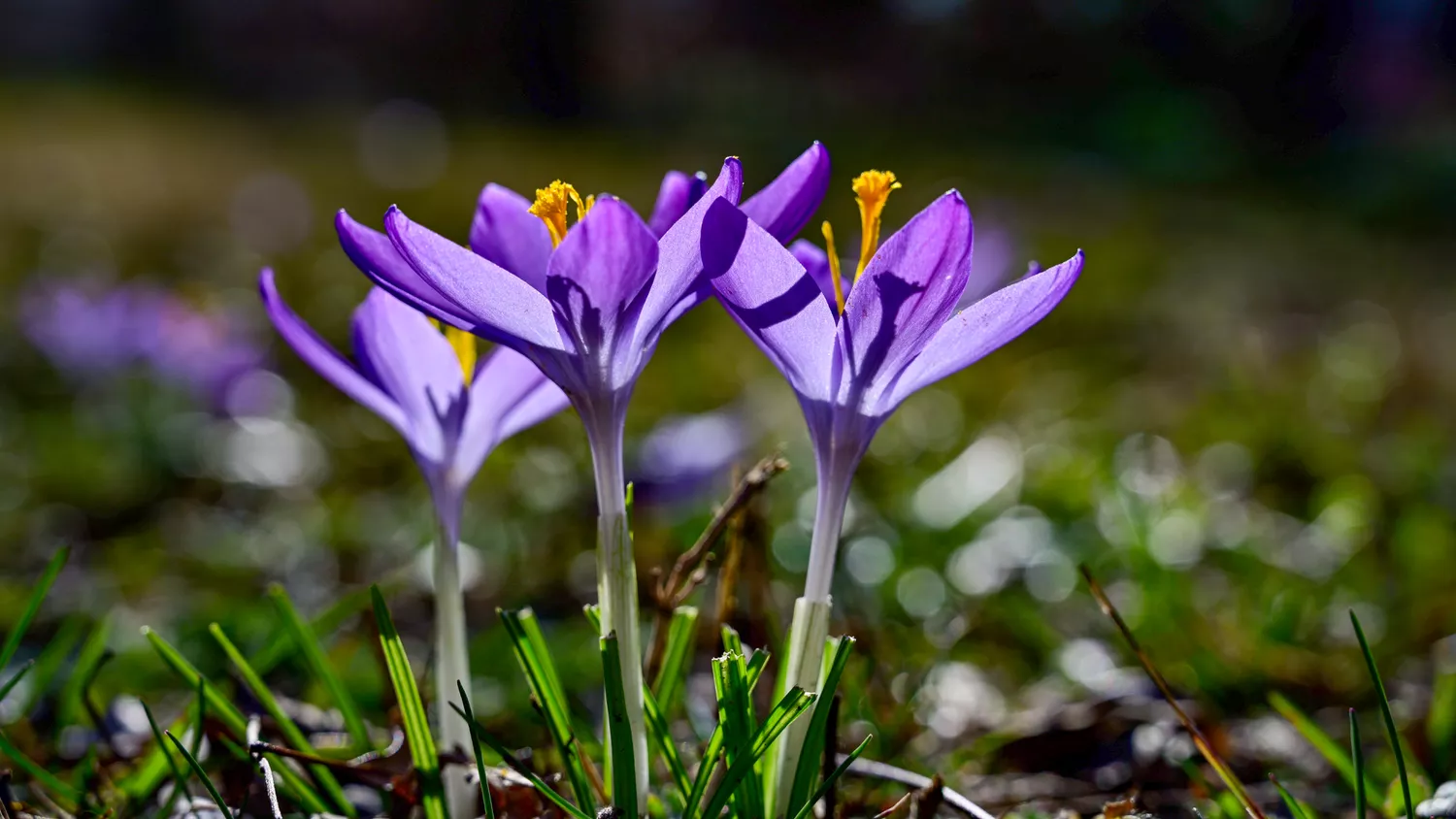Nestled among the rocky cliffs and alpine meadows of western North America, a dazzling gem of the plant kingdom blooms: the Lewisia flower. Known for its vibrant colors and tenacious nature, this exquisite wildflower captivates hikers, botanists, and nature enthusiasts with its stunning beauty. Named after renowned American explorer Meriwether Lewis, who first collected specimens of this flower during the Lewis and Clark expedition, Lewisia has become a treasured symbol of resilience and natural beauty. In this article, we embark on a journey into the captivating world of the Lewisia flower, discovering its appearance, characteristics and meaning in the landscapes it adorns.

Appearance and features
Lewisia is a genus of perennial plants belonging to the Montiaceae family. The most common species is Lewisia cotyledon, also known as Siskiyou Lewisia or Cliff Maids. This captivating wildflower features a rosette of fleshy, succulent leaves that grow close to the ground, protecting the plant from harsh weather conditions and conserving moisture in arid environments.
From the center of the rosette emerges a delicate, slender stem bearing clusters of stunning saucer-shaped flowers. The flowers come in a variety of colors, including vibrant shades of pink, orange, yellow and white, often with contrasting centers. Each flower consists of numerous petals, forming a symphony of color that adds a touch of brightness to rocky landscapes.
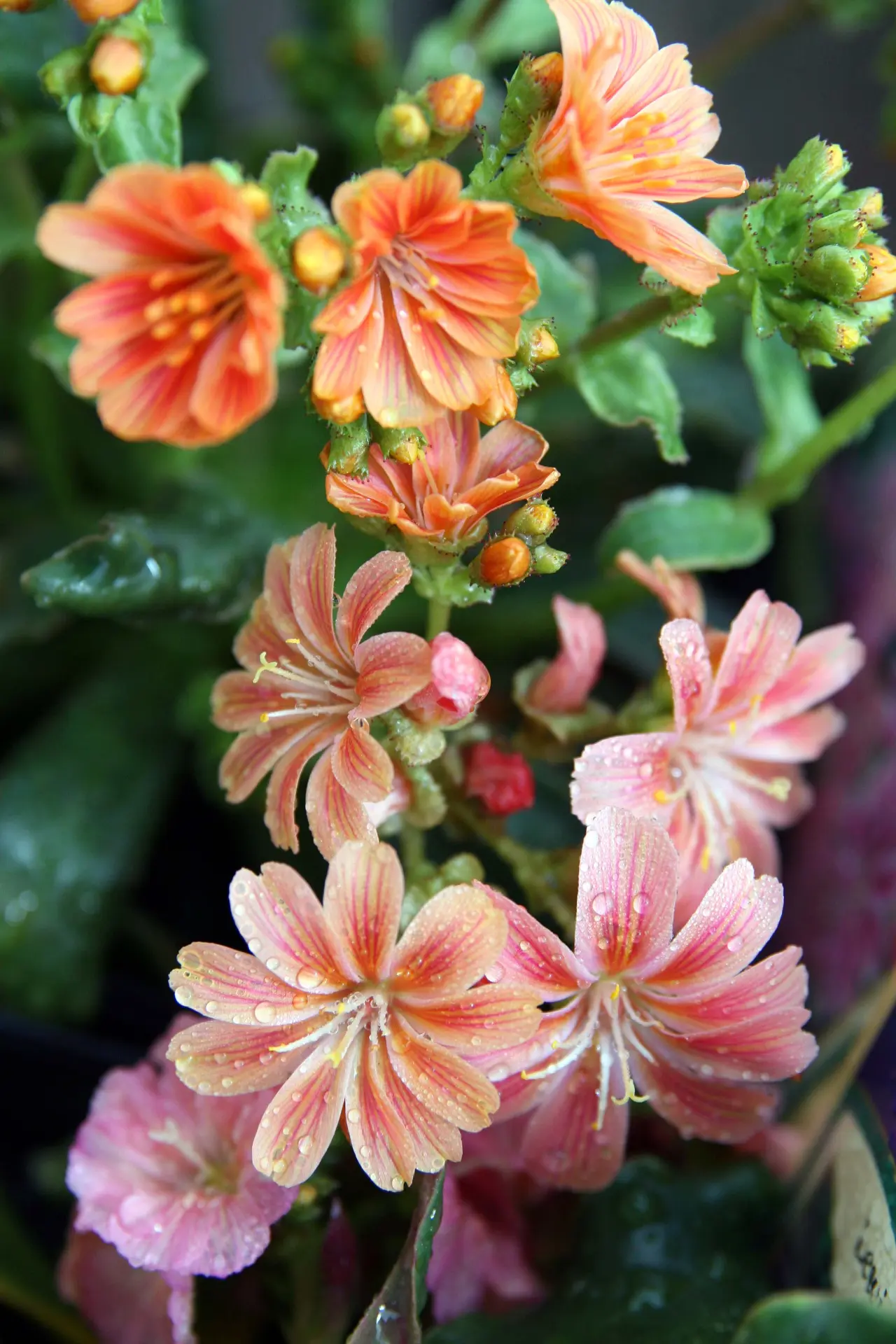
The color of the Lewisia flower.
Lewisia is a genus of flowering plants that belongs to the Portulacaceae family. The color of Lewisia flowers can vary depending on specific species and cultivars, but they typically come in a wide range of bright, vibrant colors. Some common Lewisia flower colors include:
- Pink: Pink is one of the most common colors found in Lewisia flowers. Shades can range from a pale pastel pink to deeper, more intense pinks.
- Purple: Lewisia flowers also come in shades of purple, ranging from light lavender to deep purple shades.
- Orange: Some varieties of Lewisia produce beautiful, showy orange flowers.
- Yellow: Yellow Lewisia flowers are also found, offering a cheerful, sunny display in the garden.
- Red: Certain species or cultivars of Lewisia can display striking red flowers, adding a splash of bold color.
- White: Lewisia’s white flowers have a pure, elegant appearance, contrasting beautifully with the plant’s dark green foliage.
Lewisia flowers are generally small, trumpet-shaped, and appear in clusters on thin stems. They are highly prized for their delicate beauty and are often grown as rock garden plants, in containers, or as a ground cover in well-draining soil.
As with many flowering plants, Lewisia flower colors can be influenced by several factors, such as exposure to sunlight, temperature, and soil conditions. It is always a lovely sight to see a collection of Lewisia flowers, displaying their diverse and vivid colors in the spring and summer months.

Habitat and distribution
Lewisia flowers are native to the western regions of North America, extending from northern California to British Columbia and east to Montana and Wyoming. They are especially abundant on rocky outcrops, cliffs and alpine meadows, where their tenacious roots cling to crevices and rocky substrates. Lewisia’s ability to thrive in these harsh, rocky environments shows its remarkable adaptability and resilience.
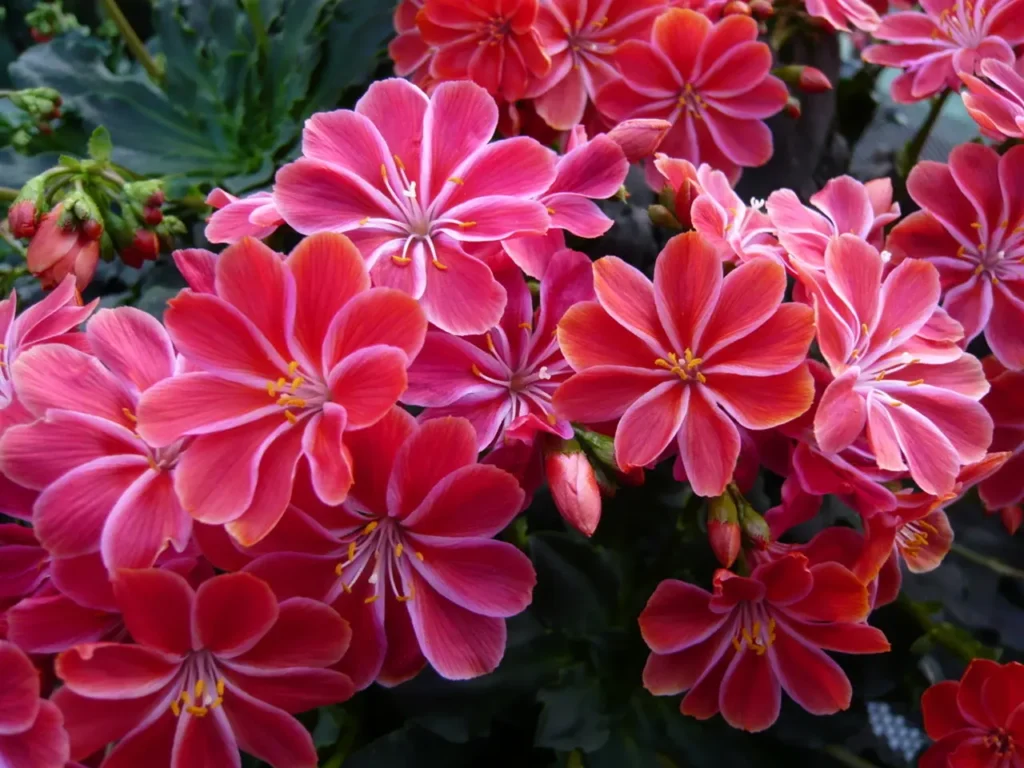
Cultural relevance
Beyond its botanical importance, Lewisia holds a special place in the hearts of hikers and nature enthusiasts who venture into the rugged landscapes of the western United States. Its striking beauty and the thrill of seeing this wild gem in its natural habitat make it a highly sought after location for nature lovers exploring the alpine regions.
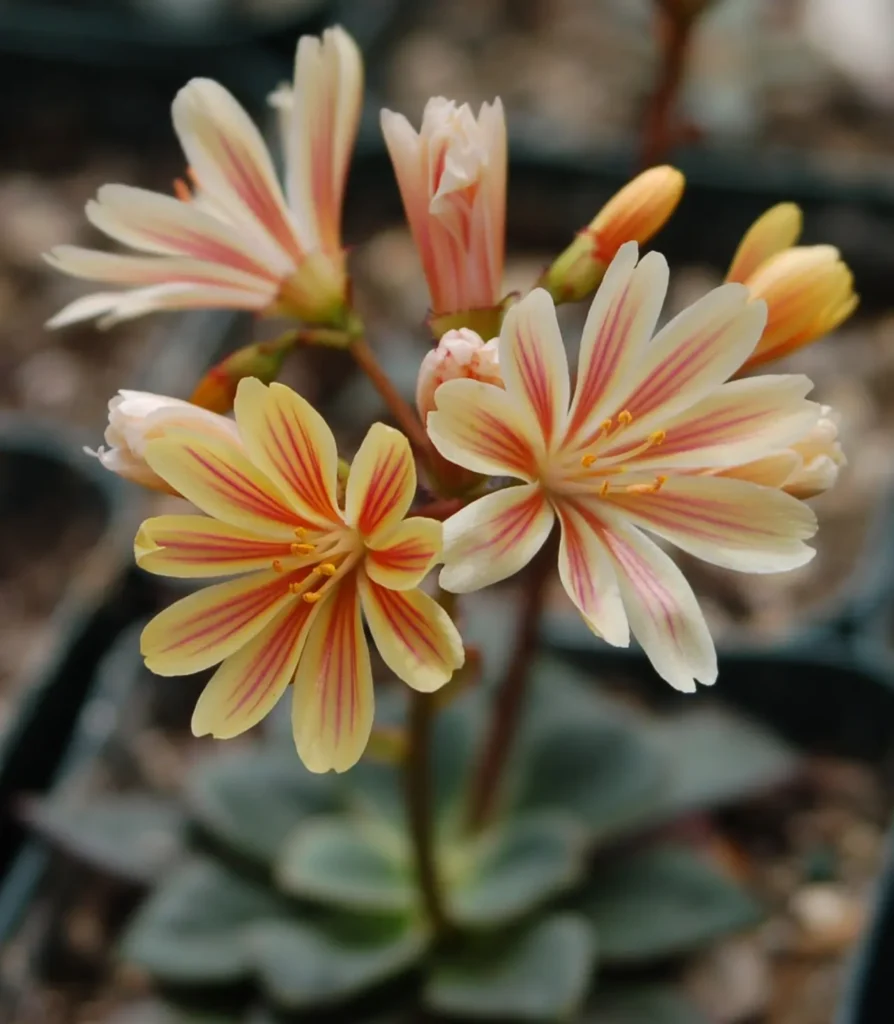
Conservation and Preservation
Although Lewisia flowers are not considered globally threatened, they are susceptible to habitat loss and disturbance due to human activities, such as recreational walking and habitat degradation. As with many wildflowers, protecting the delicate ecosystems where Lewisia thrives is essential to ensure the survival and continued enjoyment of this captivating plant.
For those interested in growing Lewisia in home gardens, it is essential to take into account the specific requirements of its habitat. As a wildflower accustomed to alpine and rocky environments, Lewisia prefers sandy or gravelly soil with good drainage and a location with plenty of sunlight and good air circulation.
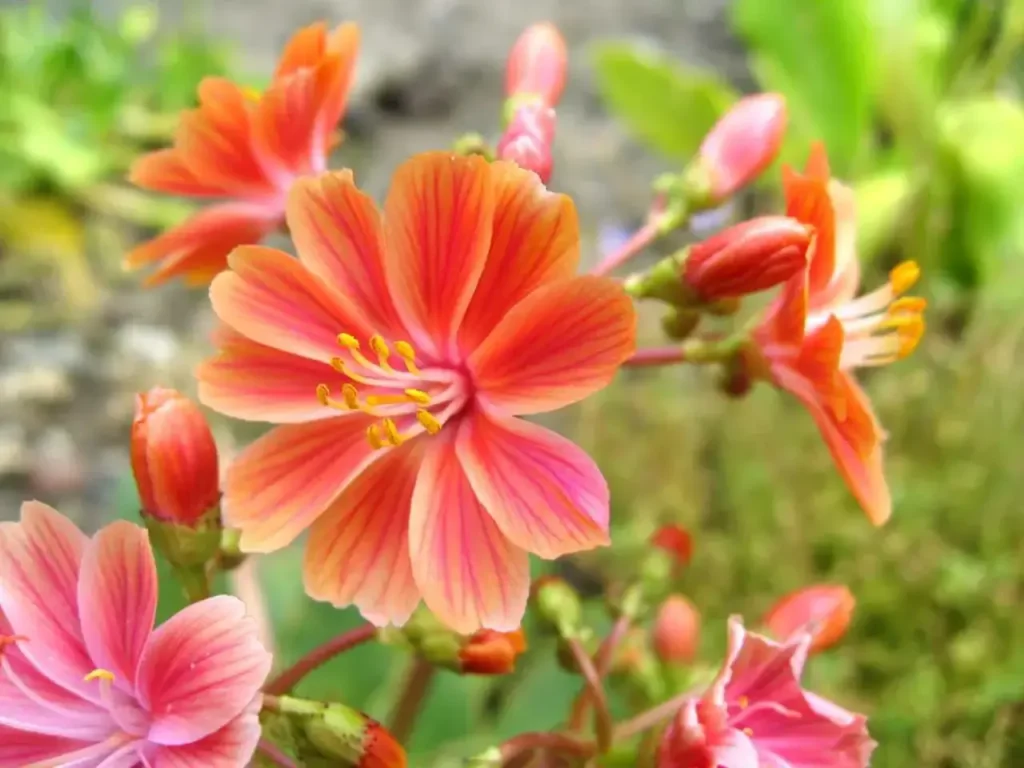
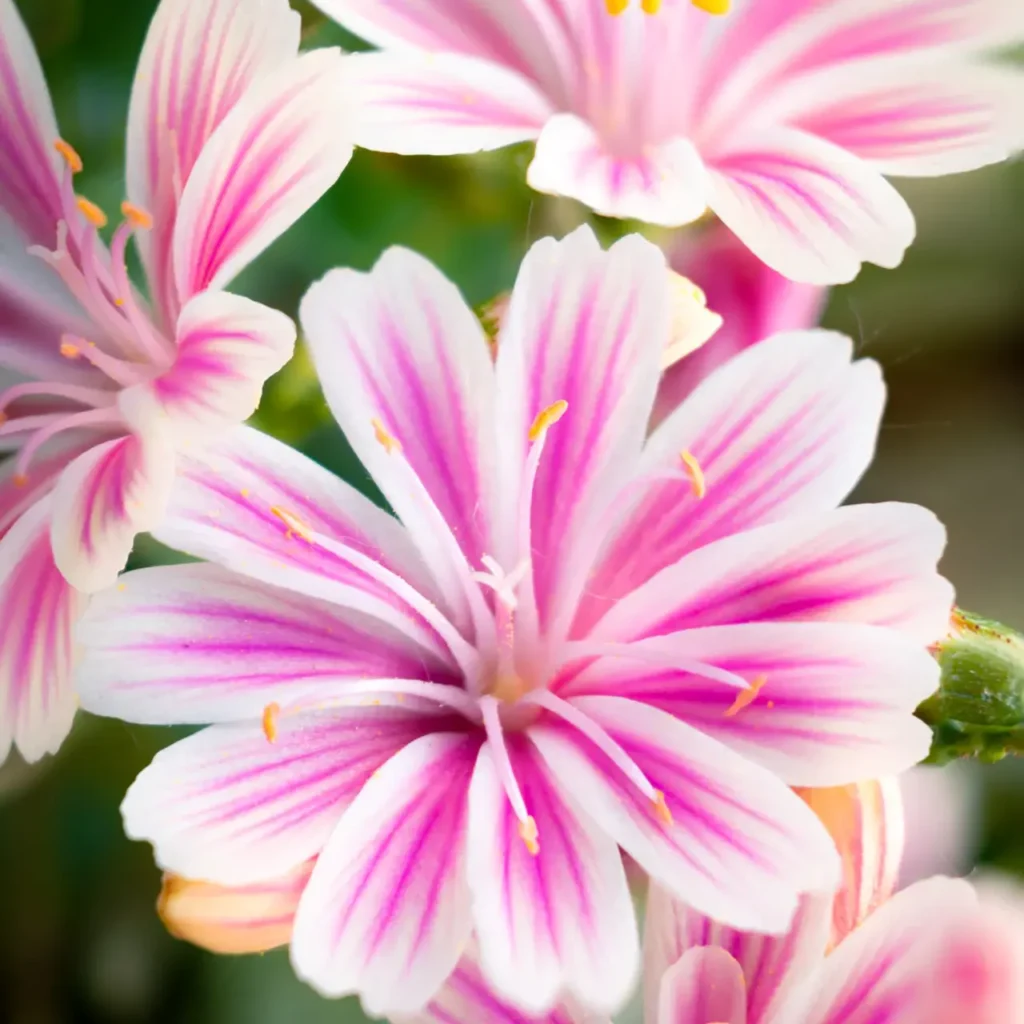
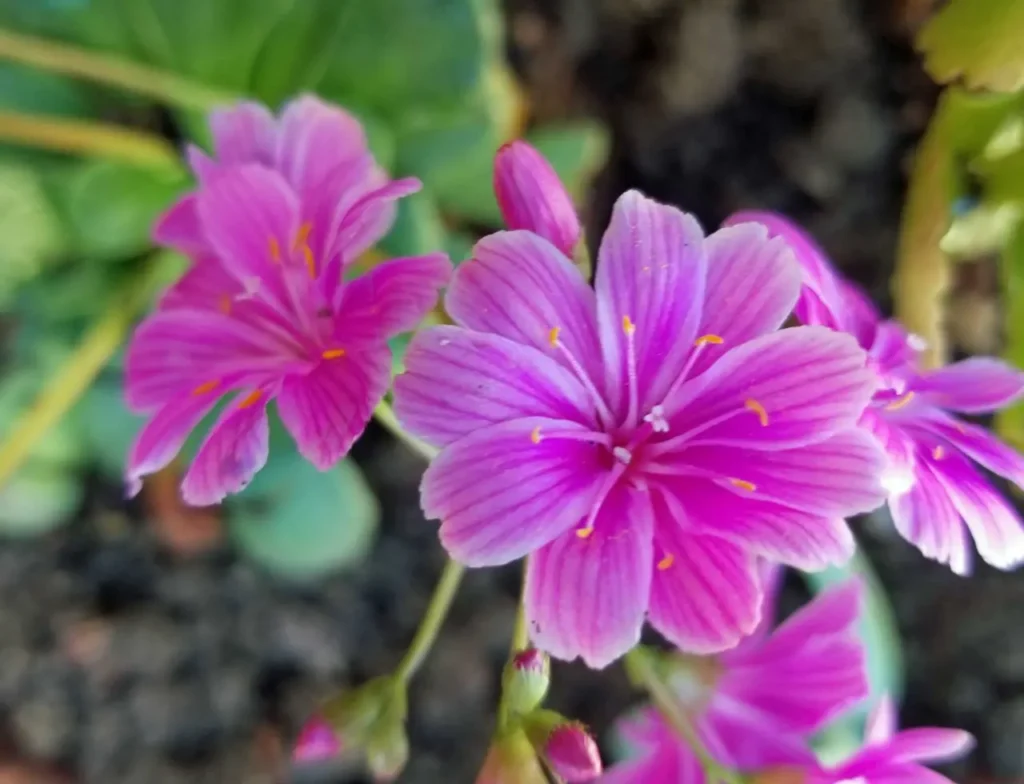
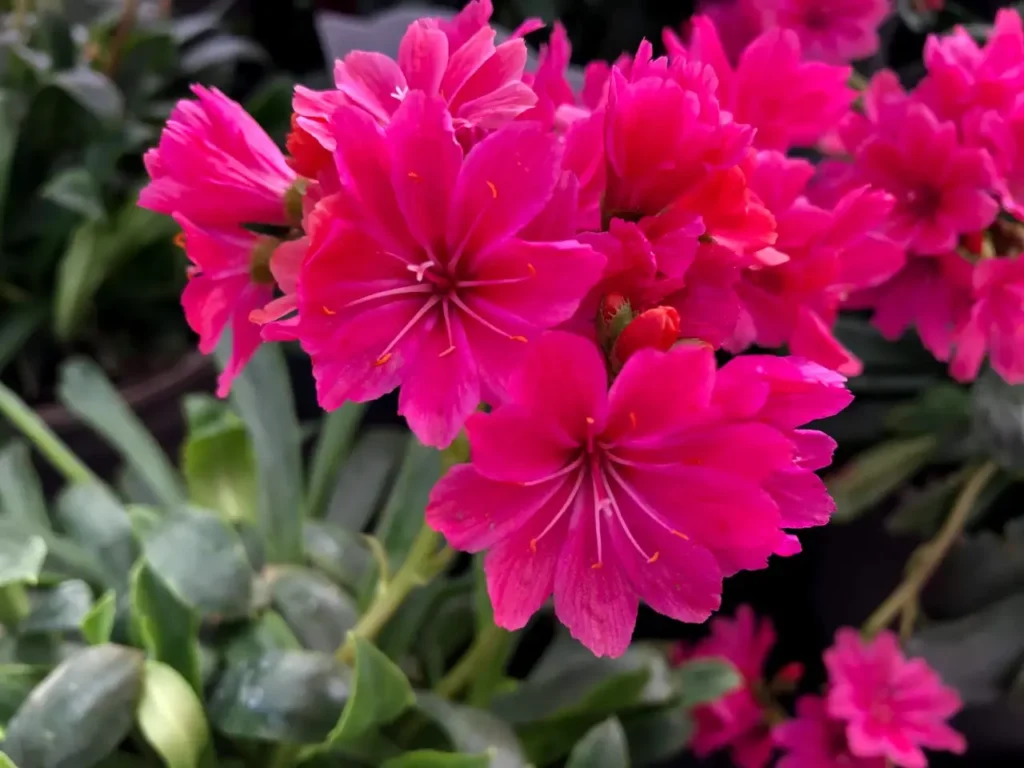
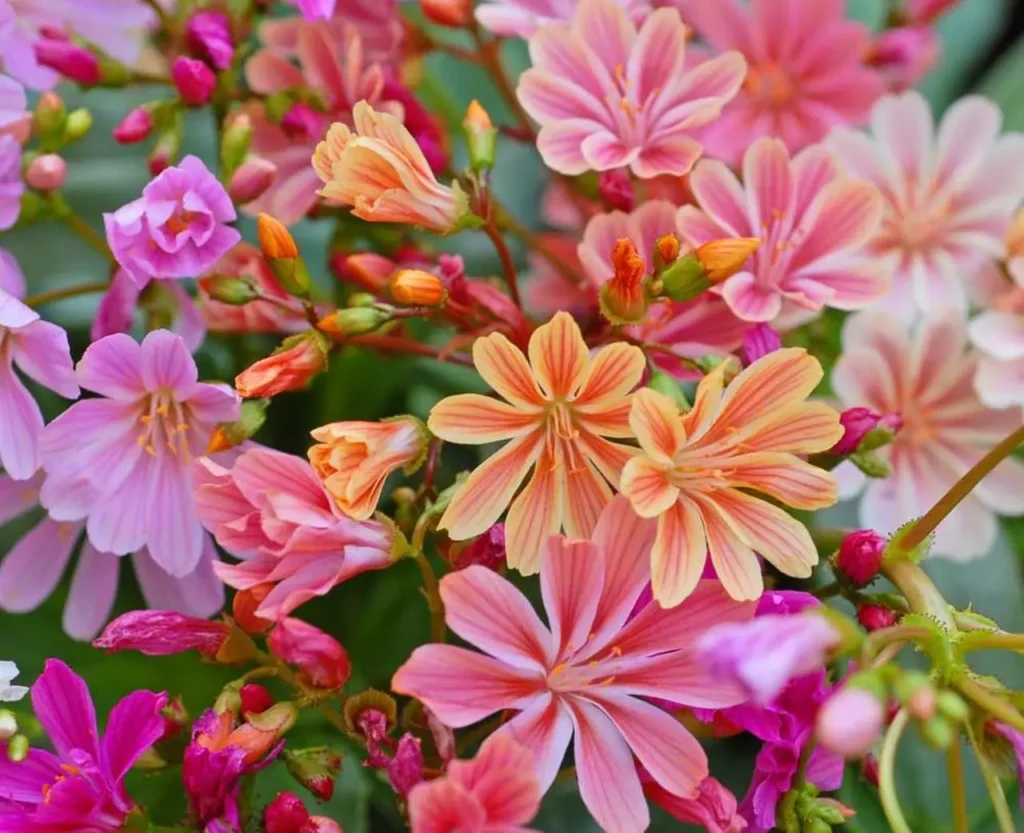
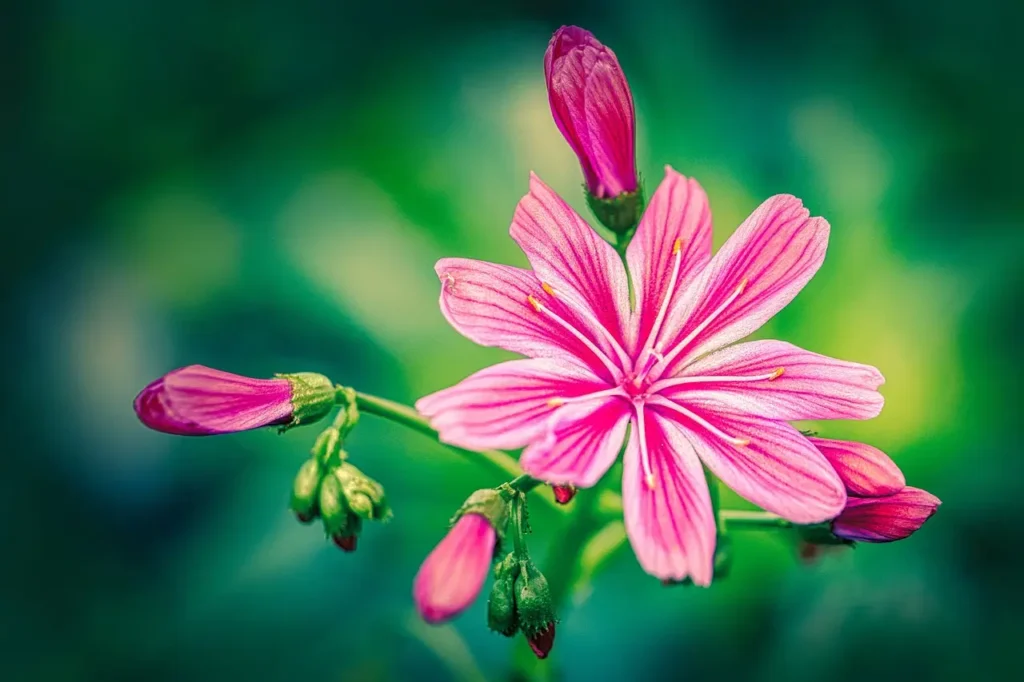
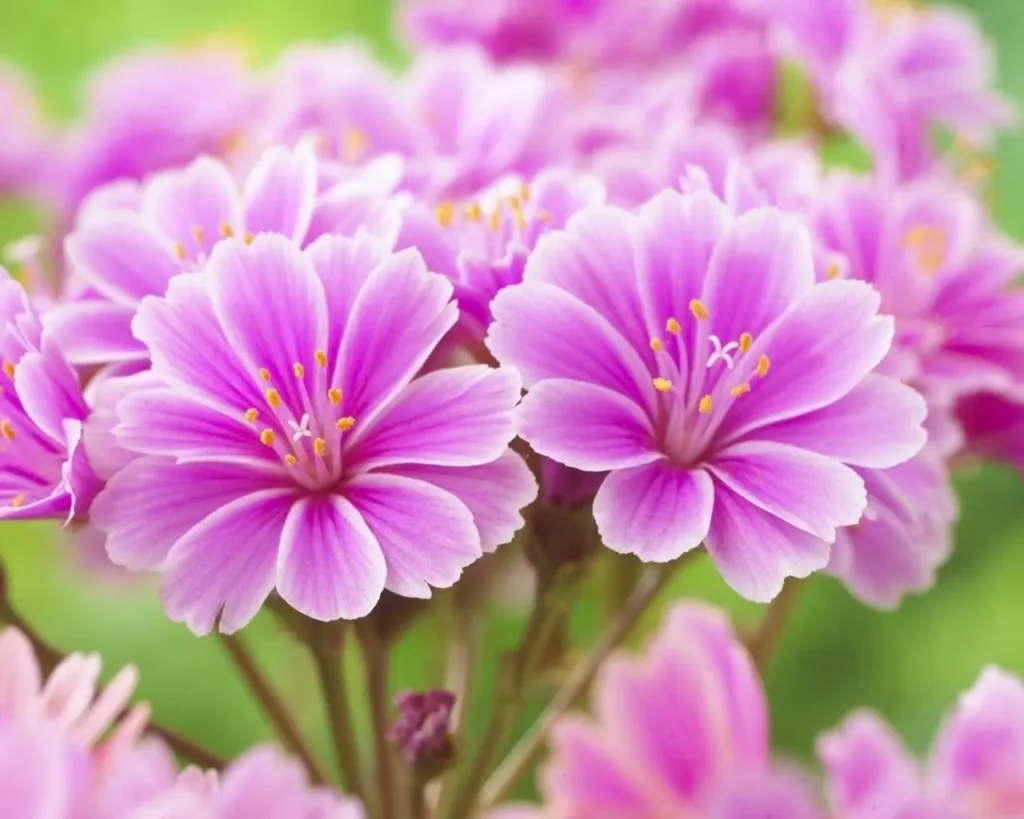
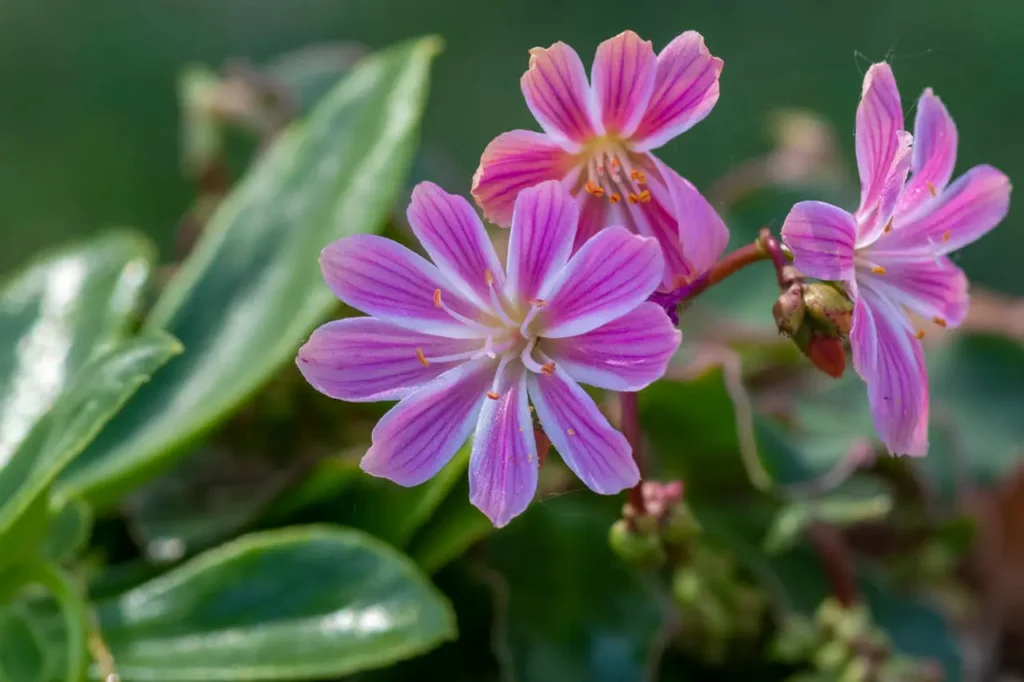
The Lewisia flower stands as a dazzling jewel of western North America, captivating all who find its vibrant blooms amidst rocky cliffs and alpine meadows. Its striking colors and tenacious nature make it a treasured spot for hikers and nature enthusiasts exploring the stunning landscapes of the western United States. As we venture into the captivating world of the Lewisia flower, we are reminded of the resilience and beauty of the natural world. By preserving its delicate ecosystems and appreciating its impressive presence in both wild and cultivated gardens, we contribute to the continued charm of this dazzling gem for generations to come.
